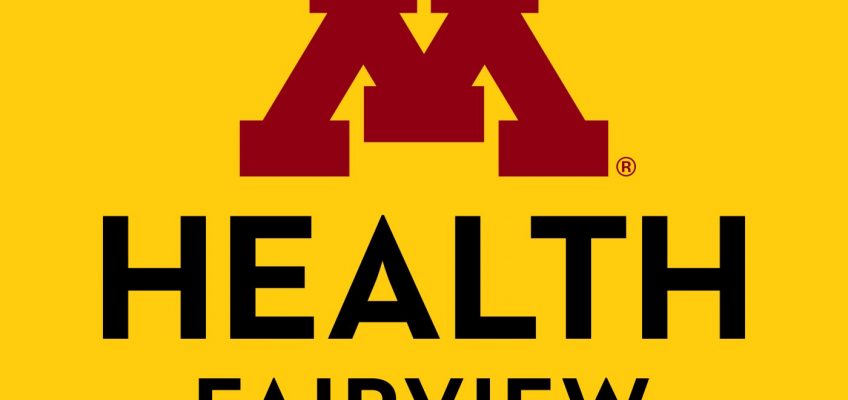After a successful launch last summer, the Minnesota Yacht Club Festival has grown for its sophomore year. The festival, at St. Paul’s Harriet Island Regional Park, has expanded from two to three days and will run Friday, Saturday and Sunday.
Headlined by Hozier, Fall Out Boy and Green Day, the festival (which despite its name has nothing to do with yacht rock) is promoted by C3 Presents, an Austin, Texas, company that’s also behind Austin City Limits Music Festival, Voodoo Music + Arts Experience and the modern-day Lollapalooza. C3 was the largest independent promoter in the world until Live Nation bought a controlling stake in the company in 2014.
Organizers expect to attract more than 30,000 concertgoers each day.
Here’s what folks headed to the Minnesota Yacht Club Festival need to know:
Tickets
As of Wednesday afternoon, tickets were still available at a number of price points, starting at $150 for one-day general admission and going all the way up to three-day platinum tickets for $2,300, which includes a number of perks including free food and drinks, front-of-stage viewing and access to air-conditioned restrooms. See minnesotayachtclubfestival.com for details.
Many of the three-day ticket packages are sold out, but each has a waitlist where fans can register. There are also verified resale tickets available through the festival’s website.
Getting there
There are two entrances to the festival. The main entrance is at Harriet Island Boulevard and South Wabasha Street, while the west entrance is on West Water Street between Bidwell Street and Plato Boulevard.
There is no on-site parking at the festival, but its website lists numerous downtown St. Paul parking lots that are a 10- to 16-minute walk from the site. Several Metro Transit buses stop a half-mile from Harriet Island. The rideshare drop off is at 119 Livingston Ave. S. The festival promises “ample bike parking” located near the two entrances.
The Green Line’s St. Paul stations — from Raymond Avenue to Union Depot — are scheduled to be offline for maintenance during the festival. Green Line replacement buses will operate on a similar schedule as trains.
Getting in
Concertgoers must wear securely fastened wristbands, which will be rendered void if tampered with or removed. Wristbands that are damaged, lost or stolen can be replaced by the original purchaser one time only for $20. Patrons can leave and re-enter at will up until 7 p.m. each day.
There are guest services booths near each entrance with a lost and found. Free hydration stations are located throughout the site. Lockers are available to rent for $25 each day or $65 for all three days.
What is allowed on site
Feel free to bring: Small clutch purses and fanny packs (6″ x 9″ or smaller) with no more than one pocket; all other bags must be clear and smaller than 12″ x 6″ x 12″; empty hydration packs and reusable water bottles; strollers; frisbees; binoculars; blankets; basic cameras (no detachable lenses or other accessories); sunscreen in non-aerosol containers (3.4 ounces or less); portable battery packs; personal-sized misting fans and hand sanitizer; prescription medicine in the pharmacy-labeled container that states the prescription, dosage and patient name; over the counter medications; and factory sealed Naloxone/Narcan kits. All bags will be searched at the gate.
What isn’t allowed
Pretty much everything you would think, including outside food and beverage; coolers; aerosol containers; umbrellas; chairs; wagons; skateboards; drones; carts; large chains or spiked jewelry; fireworks; any and all professional video and audio recording equipment; hammocks; glass containers; and illegal substances.
Who is playing
Doors open at 12:30 p.m. There are two stages, with staggered performances that do not overlap.
Friday: Maygen and the Birdwatcher (12:50-1:20 p.m.), Mike Kota (1:20-2:05), Hamilton Leithauser (2:05-2:50), the 502s (2:50-3:50), Gigi Perez (3:50-4:50), Sheryl Crow (4:50-5:50), Father John Misty (5:50-6:50), Alabama Shakes (6:50-7:50), Train (7:50-8:50) and Hozier (8:50-10:30).
Saturday: Laamar (12:40-1:10 p.m.), Raffaella (1:10-1:45), Jake Clemons (1:45-2:30), Silversun Pickups (2:30-3:30), Motion City Soundtrack (3:30-4:30), O.A.R. (4:30-5:30), Cory Wong (5:30-6:30), Weezer (6:30-7:45), Remi Wolf (7:45-8:45) and Fall Out Boy (8:45-10:30).
Sunday: Landon Conrath (12:50-1:20), Winona Fighter (1:20-2:05), Grace Bowers and the Hodge Podge (2:05-2:50), Blind Melon (2:50-3:50), Beach Bunny (3:50-4:50), the Beaches (4:50-5:50), Garbage (5:50-6:50), Sublime (6:50-7:50), 311 (7:50-8:50) and Green Day (8:50-10:30).
Concert review: Belcher’s violin elegant and expressive in Minnesota Orchestra’s German Romances
Paul McCartney to play his first local show in nearly a decade in October
After 22 years of marriage, The Bangles’ Vicki Peterson and John Cowsill make sweet music
Raihala: Four aging rock acts with upcoming Twin Cities shows on the books
Music in the Trees returning to Belwin Conservancy in Afton




